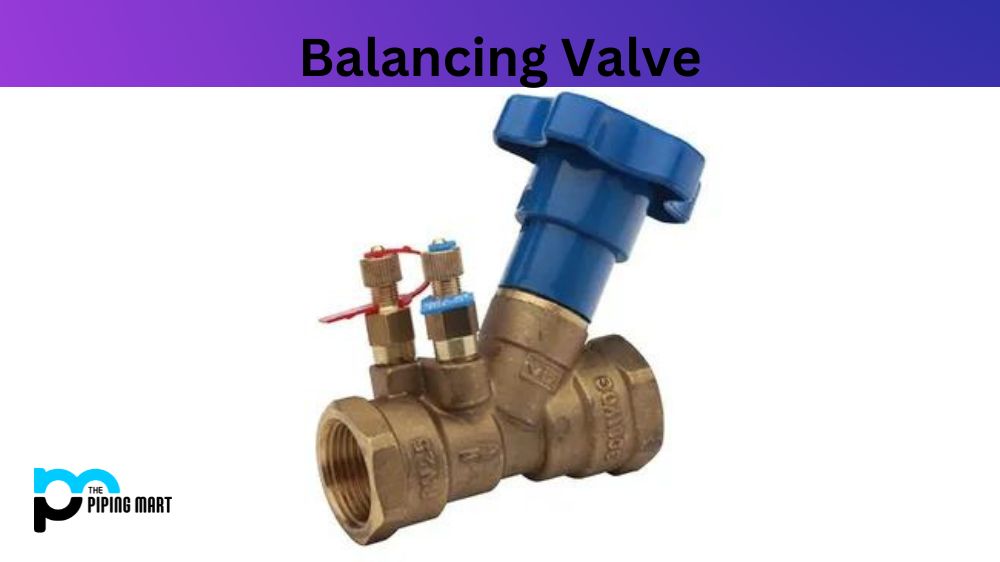If you’re in the welding industry, chances are you have heard of rectifier welding machines. But do you know what they are, how they work, and how to use them? In this blog post, we will explain a rectifier welding machine, how it works, and its uses in the welding industry.
What is Rectifier Welding Machine?
A rectifier welding machine is an electric device used to weld two pieces of metal together. It is composed of a power source (like an engine or generator) that converts AC current into DC current and then sends that DC current through electrodes attached to the joined metal pieces. The DC current creates heat which melts the metal pieces together, forming a strong bond. Various types of rectifiers are available depending on their power output and currently used.
Rectifier Welding Machine Working
Rectifiers take AC current from an engine or other power source and convert it into DC current before sending it through electrodes attached to the metals being welded together. The DC current creates heat which melts the metals together, forming a strong bond. Additionally, some rectifiers employ techniques such as pulse-width modulation (PWM), which helps adjust the energy needed for different welding jobs. This prevents wasted energy while ensuring optimal results each time.
Rectifier Welding Machine Uses
Rectifier welding machines are used for many applications, such as automotive repairs, construction projects, manufacturing processes, etc. They are especially useful when working with thin materials that require precise control over temperature levels due to their sensitivity to heat. Additionally, since these machines can produce both AC and DC currents, they can be used for various welding jobs including MIG (metal inert gas) or TIG (tungsten inert gas) welding projects.
Conclusion:
Rectifier welding machines can be handy tools in any welding industry setting due to their ability to convert AC currents into DC currents that produce just enough heat for specific tasks like joining thin materials or creating complex shapes with high precision control over temperature levels. With all these capabilities combined with convenient features such as PWM controllers for adjusting energy output when needed—it’s easy to see why rectifiers have become so popular among experienced welders everywhere! Whether you’re a professional welder or just starting in this field, having a reliable rectifier at your disposal could help make your job much easier and more efficient!

Pipingmart is a B2B portal that specializes in metal, industrial and piping items. Additionally, we share the latest information and information about materials, products and various types of grades to assist businesses that are involved in this business.




